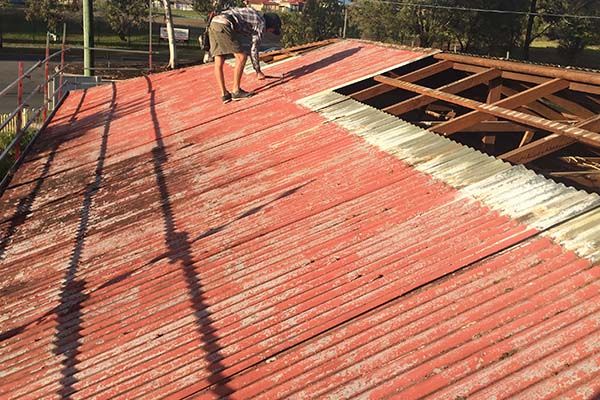Asbestos has long been recognized for its durability and insulating properties, making it a popular choice in building materials up until the late 20th century. However, due to its serious health risks, particularly related to respiratory diseases, the presence of asbestos in older buildings is a major concern. In Brisbane, where many homes and commercial properties still feature asbestos roofing, understanding the restoration process is crucial for safety and compliance asbestos roof restoration brisbane.

What is Asbestos?
Asbestos is a naturally occurring mineral fiber that was widely used in construction for its heat resistance, strength, and sound absorption qualities. Unfortunately, when asbestos fibers are disturbed, they can become airborne and pose significant health risks, including lung cancer and mesothelioma. Given these dangers, proper management and restoration of asbestos-containing materials (ACMs) are essential.
The Importance of Professional Assessment
Before any restoration work begins, a thorough assessment by a licensed asbestos professional is critical. This process typically involves:
- Visual Inspection: Professionals examine the roof for any visible signs of damage or wear.
- Sampling and Testing: If asbestos is suspected, samples are taken and sent to a laboratory for analysis.
- Risk Assessment: Based on the findings, a risk assessment is conducted to determine the best course of action.
The Asbestos Roof Restoration Process
Once the assessment is complete and the presence of asbestos is confirmed, the restoration process can begin. Here are the key steps involved:
1. Planning and Preparation
A detailed plan is developed, outlining the scope of work, safety measures, and necessary permits. This stage is crucial to ensure that all legal requirements are met and that the work is conducted safely.
2. Safe Removal or Encapsulation
Depending on the condition of the asbestos roof, there are two main approaches:
- Removal: In cases where the roof is significantly damaged, complete removal of the asbestos materials may be necessary. This is often the most effective way to eliminate risk but requires stringent safety protocols.
- Encapsulation: If the asbestos is in good condition, encapsulation may be a viable option. This involves sealing the asbestos materials with a specialized coating to prevent fiber release. This method is often less disruptive and can extend the life of the roof.
3. Disposal
All asbestos materials removed during the process must be disposed of in accordance with local regulations. Licensed asbestos disposal facilities are equipped to handle such materials safely, ensuring they do not pose a risk to public health or the environment.
4. Restoration and Re-roofing
After the asbestos is safely dealt with, the restoration of the roof can begin. This may include:
- Repairs: Fixing any structural issues to ensure the roof is sound.
- Re-roofing: Installing new roofing materials that comply with current building codes and standards.
5. Final Inspection and Certification
Once the restoration is complete, a final inspection is conducted to ensure everything meets safety standards. In some cases, a certification may be issued, confirming that the asbestos has been properly handled.
Conclusion
Restoring an asbestos roof in Brisbane is a complex process that requires careful planning, professional expertise, and strict adherence to safety regulations. Homeowners and property managers must prioritize health and safety by engaging qualified professionals for assessment and restoration. With the right approach, it is possible to manage asbestos risks effectively, ensuring the safety of occupants and the longevity of the property.